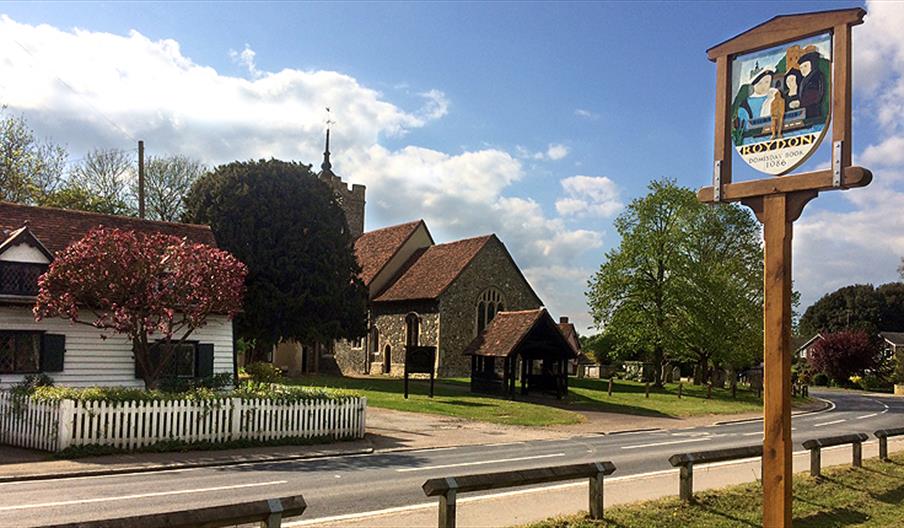Book Tickets Online
About
Roydon Village
Roydon is a small picturesque village in the north of the district. It lies on the River Stort and the Stort Navigation. It was recorded in the Domesday Book as Ruindune which transformed into Reidona, Reindon,and then Roindon by 1208.
The village lies around four and a half miles north of Epping, but just one and a half miles west of Harlow. It has a railway station on the West Anglia Main Line, with trains linking the village to London Liverpool Street and Cambridge.
A short walk alongside a canal is Roydon Marina Village, a 32 acre holiday complex with a cafe bar, hotel, luxury lodges and berths for narrow boats and other craft. Dominating the entrance is Roydon Mill, a three-storey, mill, constructed in brick in 1906. Countrycare has created a Roydon Country Walk and in nearby Nazing is their Nazeing Triangle nature reserve.
There is a market held every second Saturday of the month in the village hall between 9.30am and 1pm.
The village green is overlooked by the church of St Peter-ad-Vincula and part of the village is a conservation area. The area extends from the parish church to Harlow Road. Roydon has been a distinct rural community for over 900 years. The Domesday survey notes that there were at least 20 village households in the year 1085 lying at the heart of a 720 acre Manor.
Two of Roydon's four medieval manor houses were located in the village - Temple Roydon and Roydon Hall. Temple Roydon was named after the Order of the Knights Templar who were granted the manor in 1205 at the height of their crusades. Several place names record this connection - e.g. Temple Farm and the Crusader public house. Roydon Hall once stood on a site down the lane leading from The Green to Roydon Lock. Henry VIII displayed his infant son Edward to the people of Roydon at the Hall in 1538. It was demolished in 1864.
There are many attractive, and some unusual, listed buildings in the area. The Church of St Peter-ad-Vincula dates from 1225, and was probably built on the remains of an even older church. It is listed Grade I. Just south of the church and opposite Temple Farmhouse (listed Grade II) are the village lock-up (c1800) and stocks which are also Grade II listed buildings.
There are some reminders of the traditional self-contained nature of the village and more recent developments (such as Church Mead) have been designed to complement the historic character of the village.
Map & Directions
Road Directions
Roydon lies around four and a half miles north of Epping, but just one and a half miles west of Harlow. To access from the north, take the B181 south from the A414. From the Epping, take either Bury lane in the south of the town, or Lindsay Street in the north of the town and follow the B181 as it becomes Epping Road. Turn left at Epping Upland and travel through Epping Green. Go straight across at the roundabout just past Redwings Horse Sancutary and on to Roydon. Turn left at the junction in Roydon to reach the green, church, station, canal and road to the marina.
Public Transport Directions
The village is served by Roydon railway station on the West Anglia Main Line, with trains operated by Greater Anglia linking the village to London Liverpool Street and Cambridge.
Buses between Harlow and Toot Hill also stop in Roydon.
















